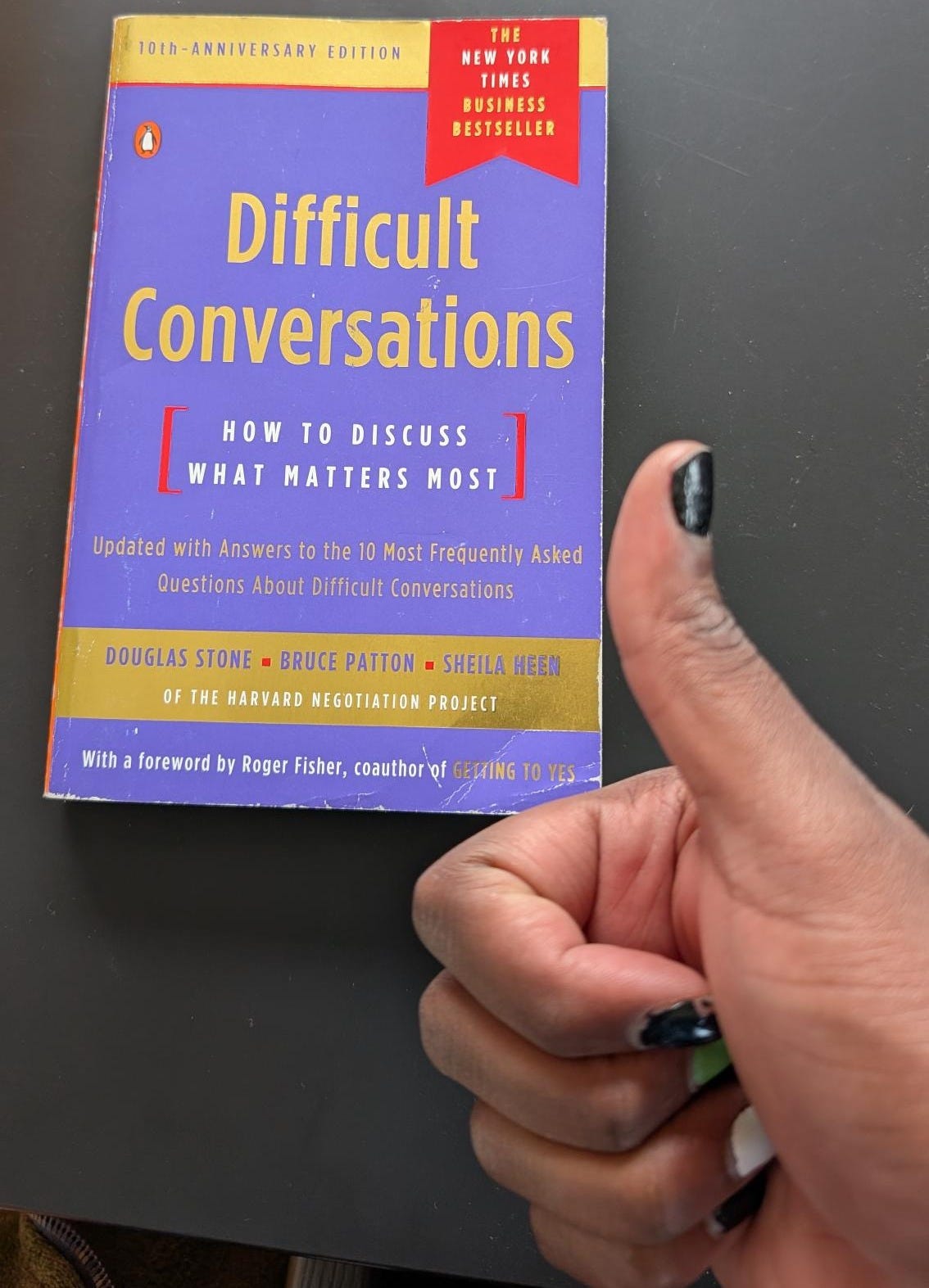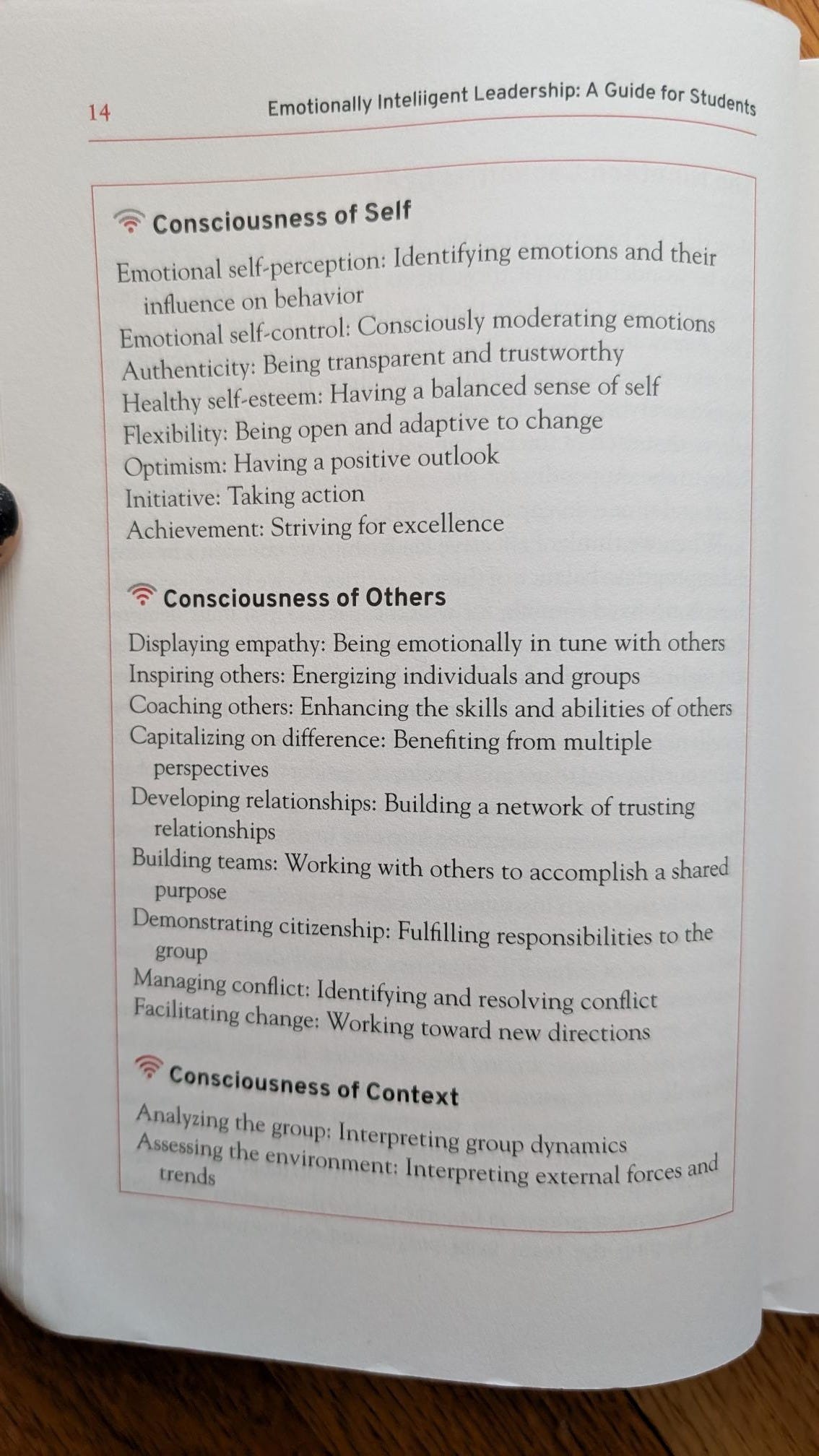I Hope This Helps 👍🏽: Listening and Effective Communication 👂🏽
More people think they're good listeners than actually are. Let's dive into this increasingly uncommon "soft" skill in this edition of I Hope This Helps👍🏽!
Welcome to I Hope This Helps, a weekly (ish) roundup of tidbits I’ve encountered that furthered my thinking about cities and life. From sustainable transportation to housing, to design, and the social forces shaping our daily lives, I take a broad lens in this review.
Over the past year I’ve been actively working to become a better listener. As I’ve gone down this journey, I’ve been most surprised to find how much practice is required to maintain this skill. Two listening skills I often have to re-remind myself of:
👂🏽Listen to understand, don’t just wait to respond. Once you start waiting to respond, the odds of you interrupting increase exponentially because you’re just waiting for a gap to make your point. What if the most valuable nugget came after you stopped listening and started waiting?
👂🏽Don’t stress about forgetting your point while the other person is talking. Just keep listening with sincerity. The most valuable thoughts tend to rise to the surface.
Here’s a quick review of some of the books that have helped me become a better listener (I hope). Whether you're a planner, advocate, or just curious about the world around you, I hope you’ll find something here that resonates. Take what helps. Leave what does not. Have a great day!
1️⃣Difficult Conversations by Stone, Patton and Heen
I reference Difficult Conversations by Stone, Patton and Heen enough on this page that it deserves its own highlight. Difficult Conversations offers a framework for traversing difficult conversations, with the goal of transforming difficult conversations into learning conversations.
In order to make this transition, it suggests that difficult conversations (and conversations in general) are actually three separate conversations occurring concurrently.
The What Happened Conversation - What happened, from each person’s point of view. This conversation focuses on the details of the difficult conversation.
The Feelings Conversation - What feeling are present, but not verbalized? This one is important because feelings still express themselves in all conversations. Failing to acknowledge them does not make them go away, it just guarantees they will be expressed in less productive ways.
The Identify Conversation - How does the content of the difficult conversation impact our views about ourselves and how we fit into the world? If it threatens our self-identify, it’s worth understanding why.
Once we recognize these three concurrent conversations and have them in a sincere way, we put ourselves on the path to a learning conversation. A learning conversation is one where the goal is mutual understanding.1 Common goals of a learning conversation include:
Learning and understanding the other person’s perspective to better understand where the source of conflict truly lies.
Expressing your views and feelings from your perspective. You can hope that your perspective might change the other person’s perspective, but you should not go in with this expectation.
A desire for mutual problem-solving. After you have gained a deeper understanding of the other person’s perspective, is there a solution that reconciles the three conversations that you both are having?
Difficult Conversations has been a great tool for understanding and engaging with the world around me, and I offer it as a tool to you. If you read it, please let me know what you thought of the book!
2️⃣Emotionally Intelligent Leadership by Shankman, Allen and Haber-Curran
Emotionally Intelligent Leadership by Shankman, Allen and Haber-Curran frames consciousness of self, consciousness of others and consciousness of context as the fundamental elements of leading effectively and empathetically. This applies to positions of formal and informal leadership.
Consciousness of self involves being aware of your emotions and self perceptions, and ensuring they don’t negatively impact how you engage with the people you’re responsible for leading.
Consciousness of others involves taking the elements of consciousness of self and remembering that people are people. A version of all of the complex emotions, feelings and self assessments that you discovered in developing your consciousness of self exist in some form in the people you’re leading. Empathy is a prerequisite for consciousness of others.
Consciousness of context involves recognizing the group dynamics at play and factoring them into how you engage with those you lead. It also means recognizing when the context might not produce the best outcomes
These consciousnesses build upon each other. For example, it is difficult to have a strong consciousness of others without a solid consciousness of self. For one looking to develop these consciousnesses, the book details several capacities that must be curated to hone that level of consciousness. An overview of those capacities from the book are listed below.
3️⃣Librarian’s Guide to Homelessness by Ryan J Dowd
The Librarian’s Guide To Homelessness by Ryan J. Dowd offers a tactical, empathetic lens into one of our time’s most poorly understood challenges, homelessness. Officially written as a training manual for librarians on how to engage with homeless patrons, this book represents a master class in empathy. Homeless people are people, same as us. However, they have experienced a trauma that has all at once derailed their life and justified many to feel they can treat them as human detritus. Over the course of the book, the author rehumanizes homeless people, and dispels many of the most damaging myths about homeless people and homelessness generally.
Hint: Housing affordability is a primary driver of homelessness, not mental illness or substance abuse. These represent risk factors that make someone more vulnerable to falling into homelessness, but the absence of a safe place to land when life sends a shock is the core problem. This is why “Housing First” models that prioritize housing before addressing other challenges are generally successful.
Ryan Dowd also has a library of online resources and trainings for anyone whose job or life involves working with homeless people. In a world where a persistent housing shortage is driving more people to homelessness, this book did wonders for reshaping my view of homelessness, and I hope it can do the same for you.
4️⃣Reset by Dan Heath
I’m an urban planner by trade, but my undergraduate degree is in business. This leaves me with a dormant interest in organizational behavior. Reset by Dan Heath is a business book on how to catalyze change in an organization that is stuck in the inertia of how things have always been done. The general premise is a two step process.
The first step is to find “leverage points.” These are places where “a little bit of effort can yield a disproportionate return”. Once these leverage points are identified, step two is to “restack resources.” This involves dedicating resources to these leverage points to realize the return. This can mean adding new resources, but more often it means taking resources from places of lower productivity and applying them to these leverage points where they can achieve higher productivity (this is commonplace in business and virtually unheard of in government).
Under each step, Reset lists several approaches that can be employed to achieve that step. Under step two, restack resources, tapping into the intrinsic motivation of employees and granting them the autonomy to actually carry out the work they’re motivated to do are two identified approaches. This aligns well with the concepts of emotionally intelligent leadership. Check out this book if you want your organization (or government) to change, but you’re out of ideas of where to start. The author also has a library of free resources if you’re interested.
🦄A Moment for Whimsy
Maybe this is just my opinion, but I feel like were living in a world where increasingly more people and institutions take themselves way too seriously. This feels acutely true when you consider how we manage cities. If you’re not doing things in a very regimented, structured, heavily vetted (and often morose) way, the validity of what you’re doing is often called into question. I reject this wholeheartedly. Leaving room for levity helps us see the humanity of it all. Life is a wild ride, and we’re all building this plane as we fly it. In the spirit of this, I’m going to start ending these posts with a moment for whimsy.
Whimsy (n). - capricious humor or disposition; extravagant, fanciful, or excessively playful expression
In this week’s moment for whimsy, let’s ride with Rimski and Handkerchief to the transport festival! Have a great week!
Thanks for reading! I’m doing research for an article about the urban planning space generally and could use your help. If you work in urban planning or an urban planning adjacent field, or you live in a city and care about how it functions, please take a minute and fill out this 5 minute survey and pass it around your networks. Thanks in advance!
» Survey Link «
If you enjoyed this post, check out the rest of my articles here!
Not necessarily mutual agreement








